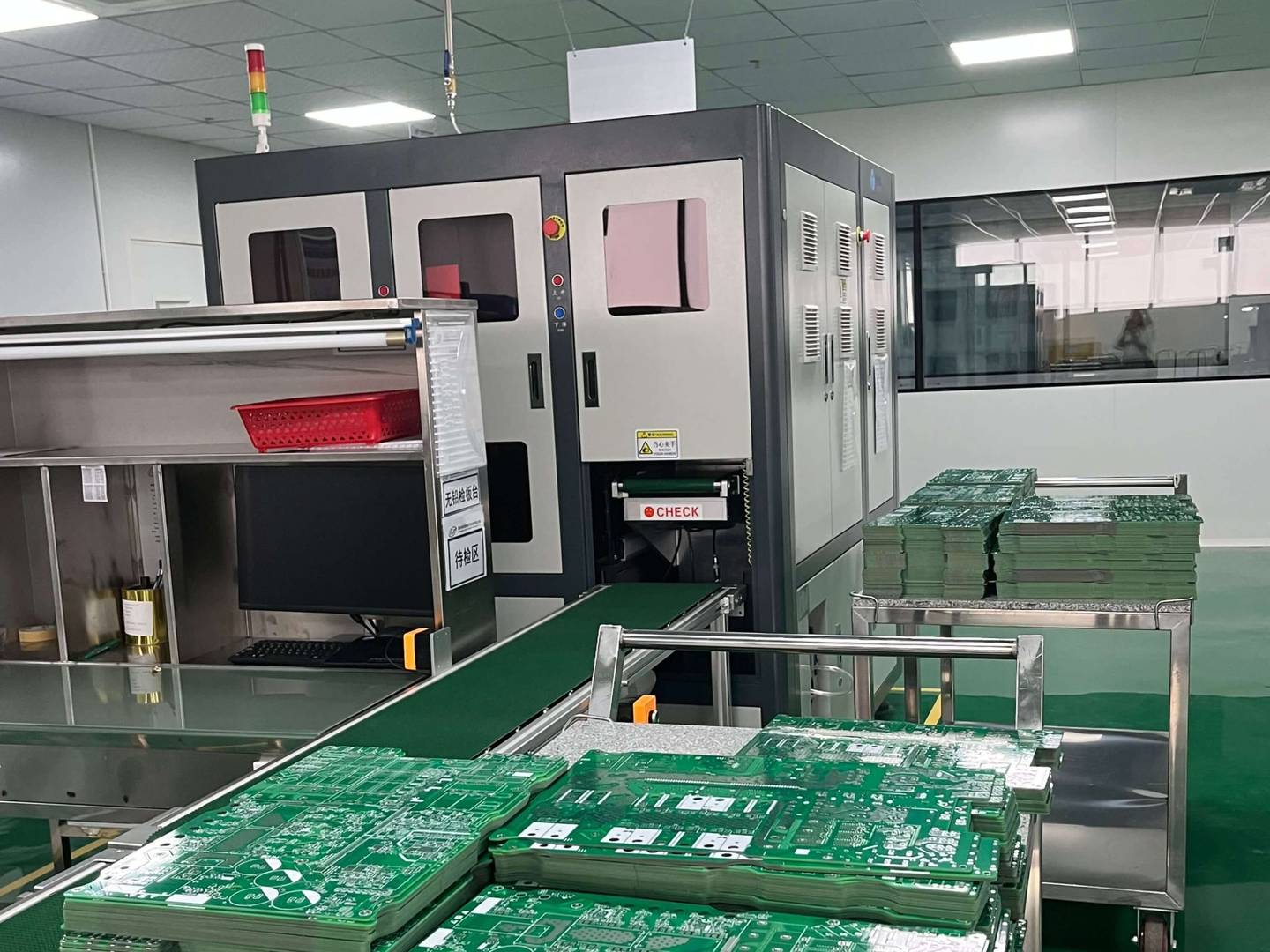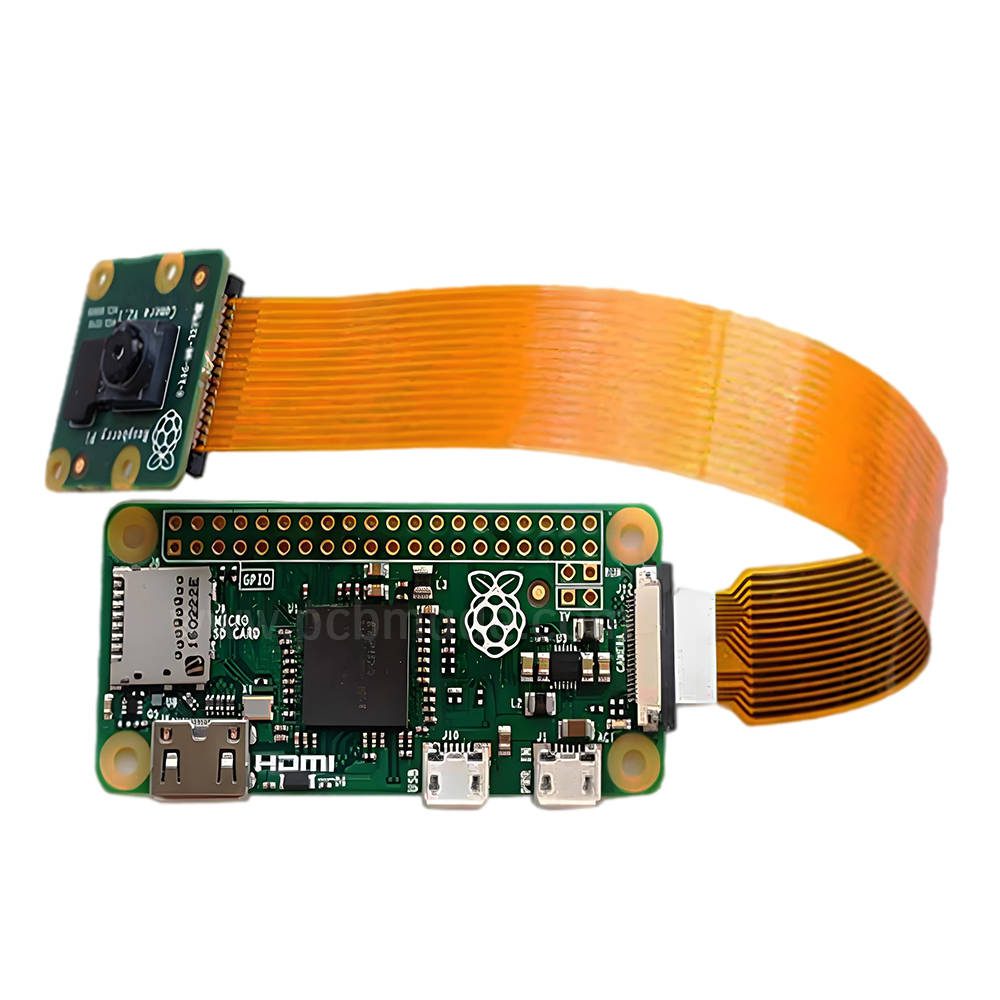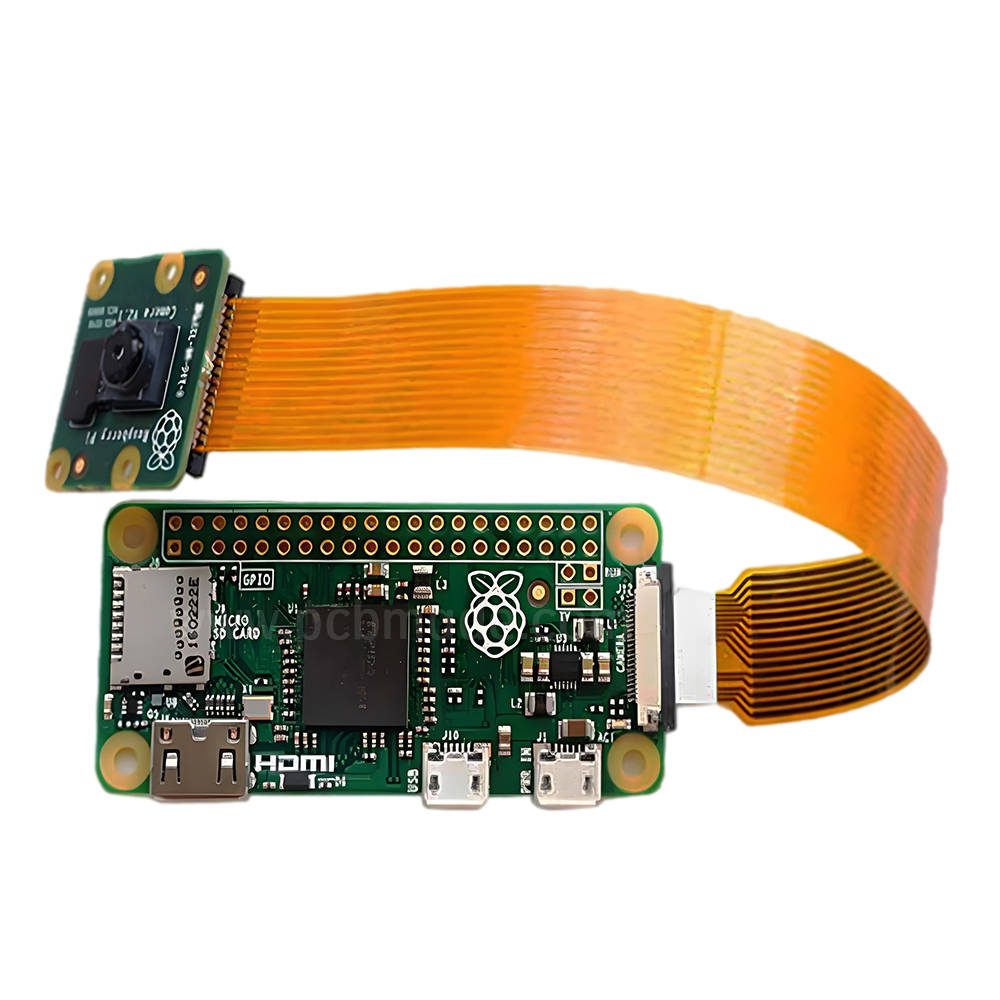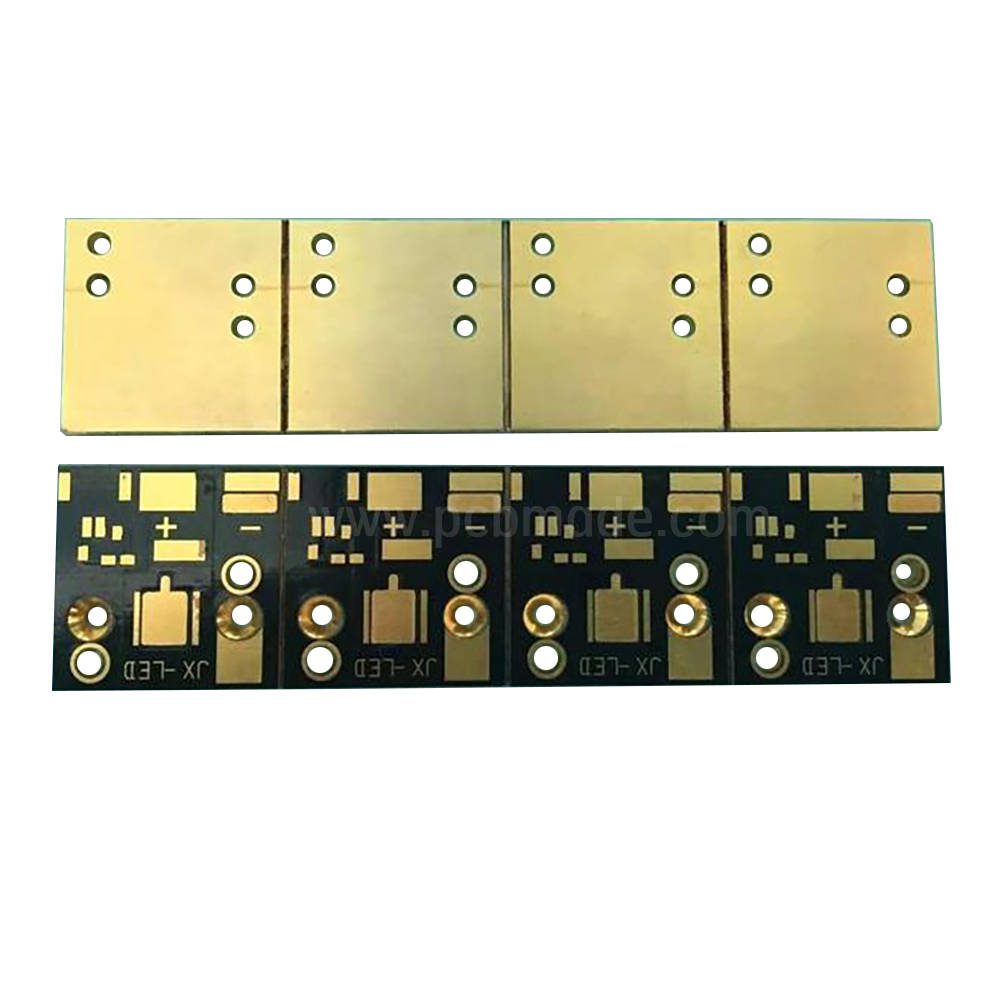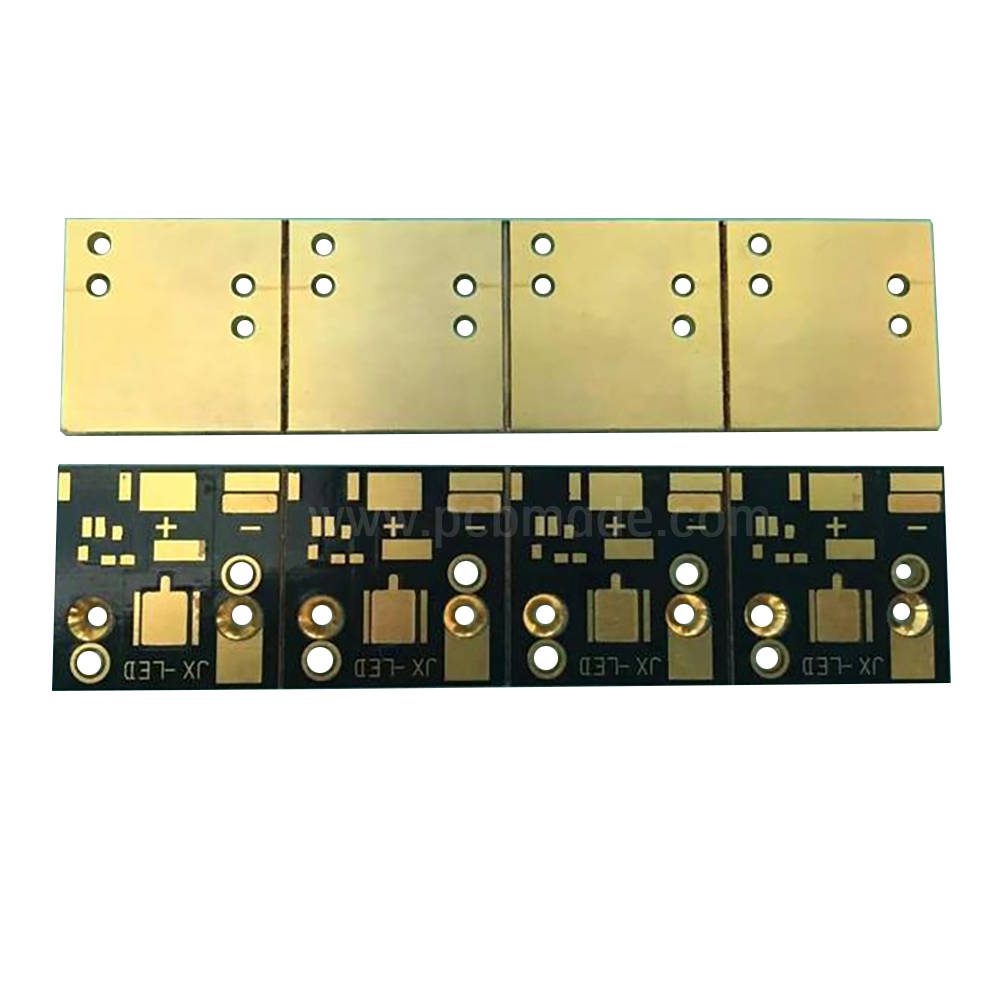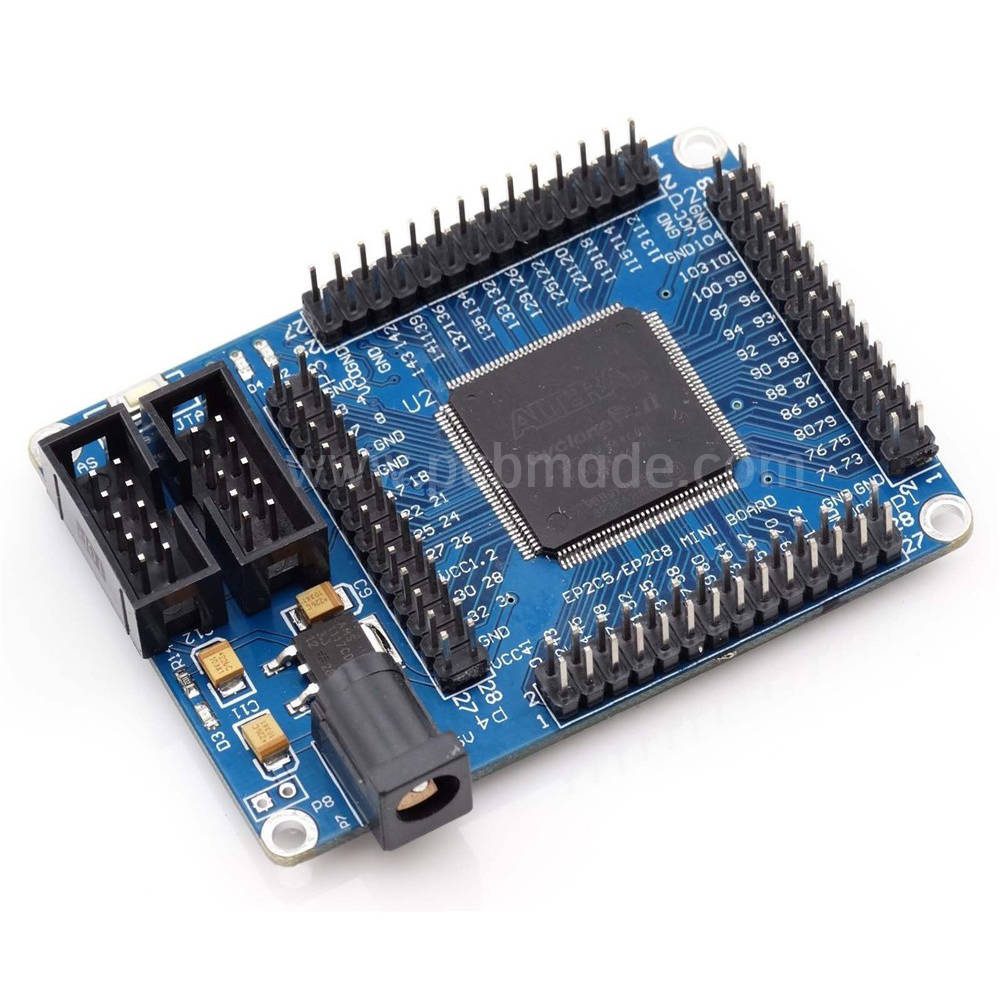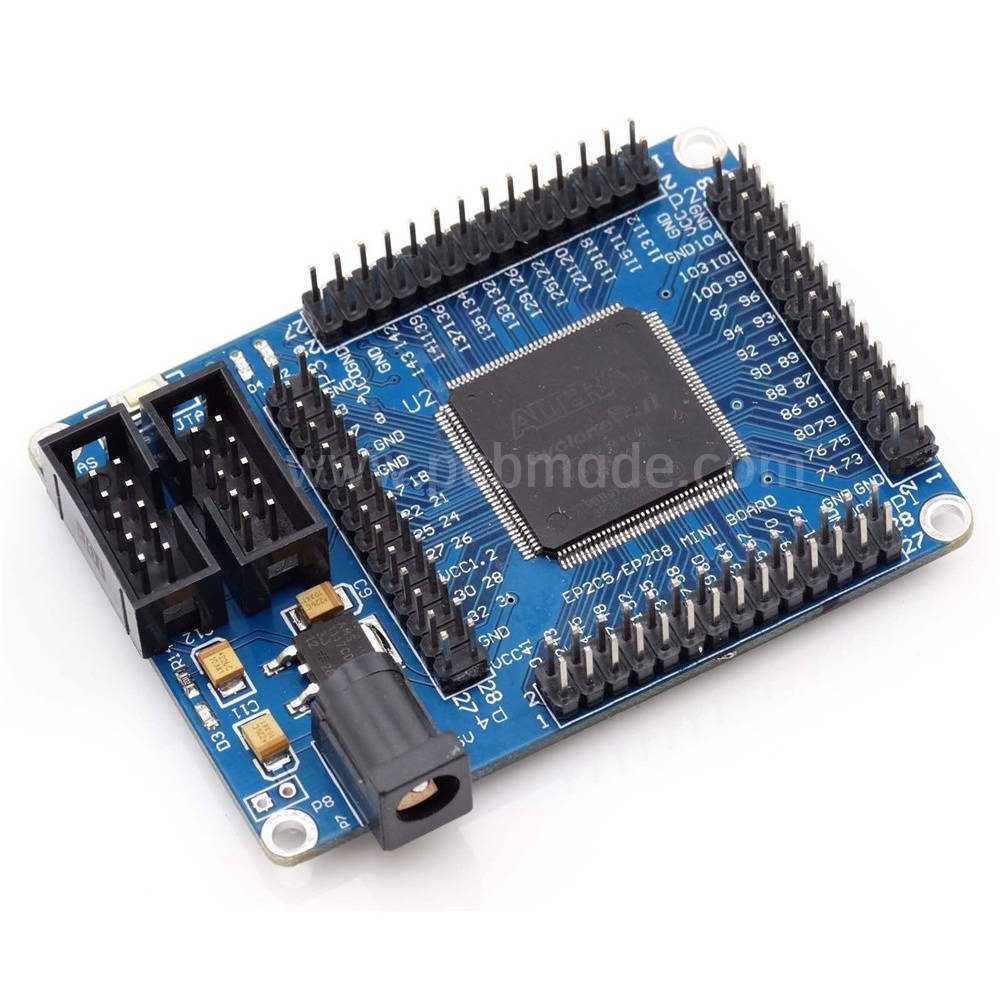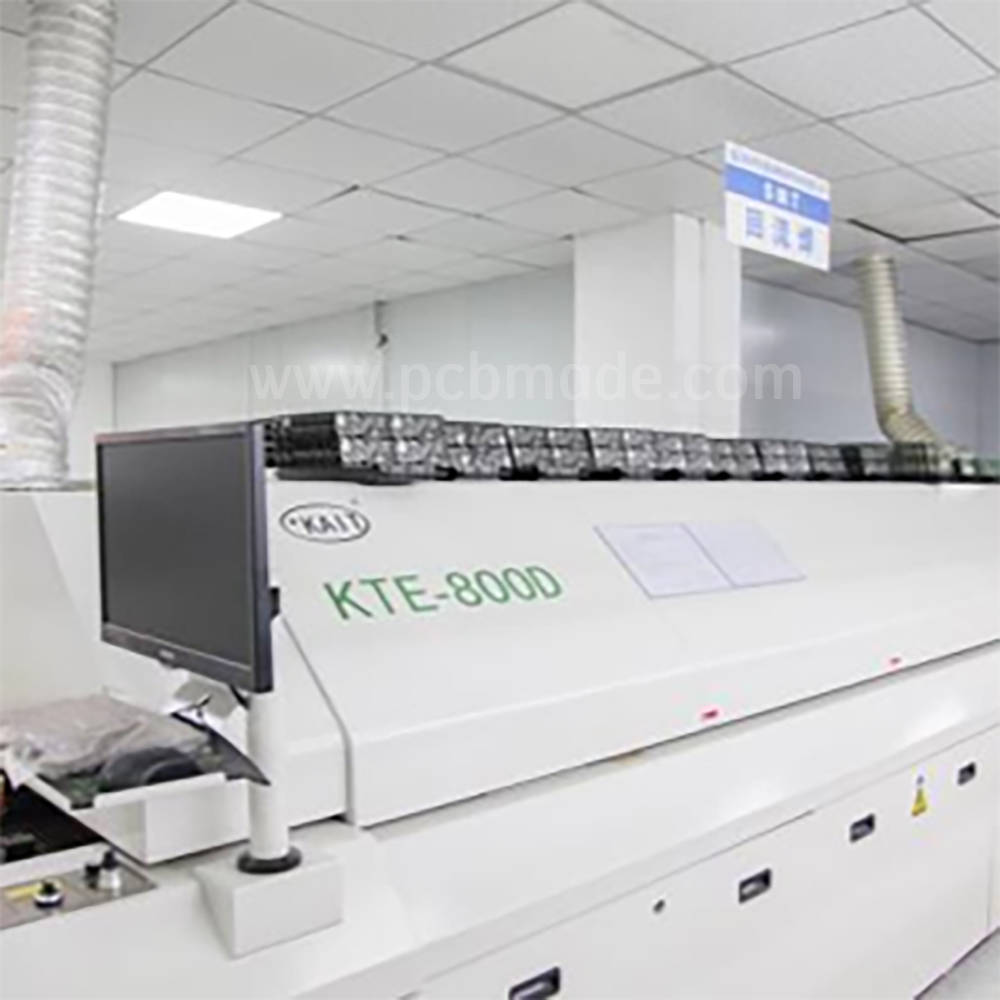The intelligent security access control system has become an important defense line to ensure the safety of people’s lives and workplaces. As an advanced circuit board technology, blind buried hole HDI board is playing a key role in intelligent security access control systems with its unique advantages, providing strong support for the system’s high performance, miniaturization, and reliability.
1、 Overview of blind buried hole HDI board
Blind buried hole HDI board is a type of high-density interconnect circuit board that achieves tighter circuit connections and higher wiring density through the use of blind hole and buried hole technologies. Compared with traditional circuit boards, blind buried hole HDI boards have smaller size, lighter weight, and better electrical performance. Its production process is complex, requiring advanced production equipment and exquisite technology, but it can meet the demanding requirements of modern electronic products for high performance and miniaturization.
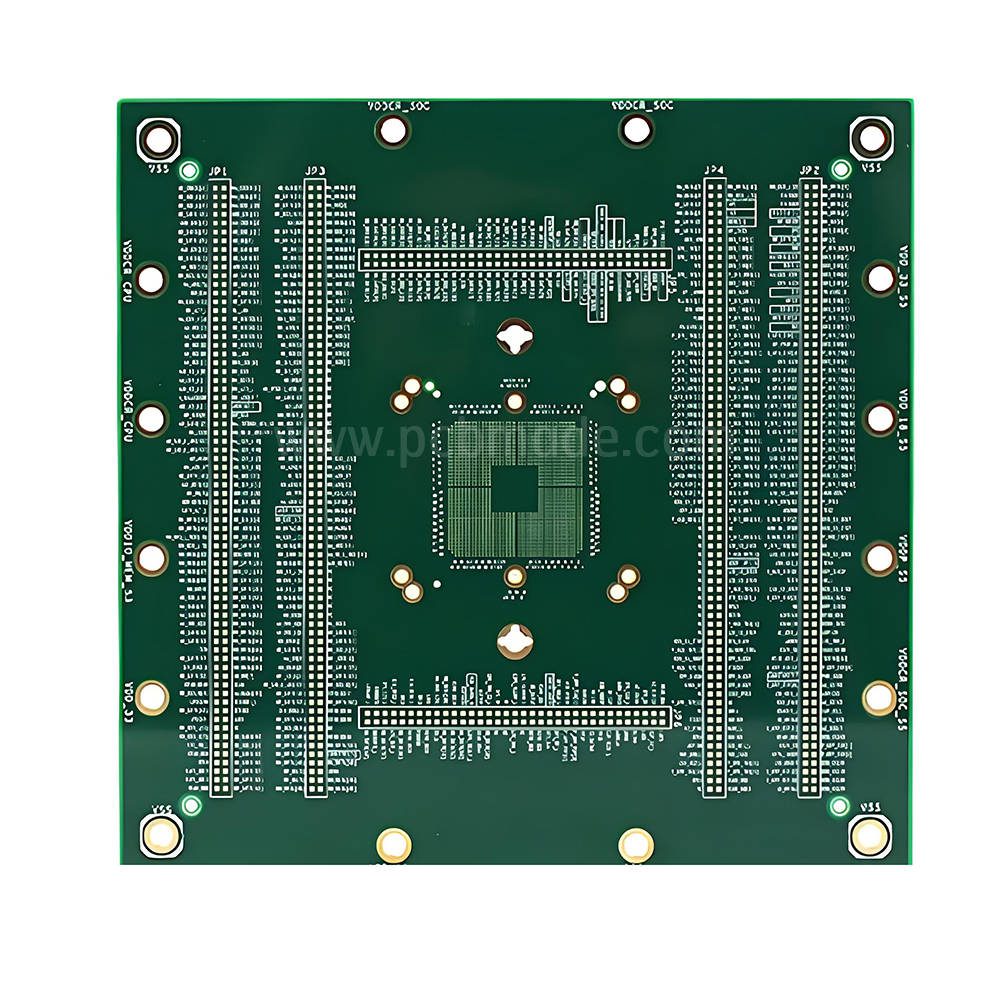

Blind buried hole HDI board
2、 The demand and challenges of intelligent security access control system
The intelligent security access control system needs to have fast and accurate identity recognition capabilities, stable and reliable communication functions, and adaptability to various complex environments. With the continuous development of technology, the functions of access control systems are becoming increasingly diversified, such as the integration of multiple recognition methods such as fingerprint recognition, facial recognition, card recognition, and linkage with remote monitoring and alarm systems. This puts higher demands on its core circuit board, which needs to be able to handle a large amount of data information, ensure the stability and speed of signal transmission, and integrate multiple functional modules in a limited space.
3、 The application advantages of blind buried hole HDI board in intelligent security access control system
Improve signal transmission quality
The high-density wiring and short-range connection of blind buried hole HDI board can effectively reduce the delay and loss of signal transmission, ensuring accurate and fast transmission of various signals in the access control system. Whether it’s fingerprint information, facial image data, or swipe card data, they can all be transmitted to the processing chip with higher quality, thereby improving the accuracy and speed of identity recognition. For example, in facial recognition access control systems, the facial image data captured by high-definition cameras needs to be quickly transmitted to image processing chips for analysis and comparison. Blind buried hole HDI boards can ensure the integrity and timeliness of data transmission, enabling the system to complete the facial recognition process in a very short time and improve user experience.
Realize miniaturization design
Intelligent security access control systems are usually installed in limited spaces such as doorways, so there is a high requirement for miniaturization of the equipment. Blind buried hole HDI board can integrate more circuit components in a smaller space by adopting multi-layer board structure and micro blind hole and buried hole technology. This makes the control motherboard of the access control system smaller in size, easier to install and hide, and also provides greater flexibility for the appearance design of access control equipment. For example, some ultra-thin access card readers and smart door locks use blind buried hole HDI boards, which not only achieve product miniaturization and aesthetics, but also improve product market competitiveness.
Enhance system stability and reliability
The production process and material selection of blind buried hole HDI board make it have better heat resistance, moisture resistance, and interference resistance. In intelligent security access control systems, these features are crucial for ensuring the long-term stable operation of the system. Access control systems typically need to operate in various environmental conditions, such as high temperatures, humidity, and places with strong electromagnetic interference. Blind buried hole HDI board can effectively resist the influence of these adverse factors, ensuring that the system can still work normally in harsh environments and reducing the probability of failure. In addition, its high-density wiring structure also reduces mutual interference between lines, further improving the stability and reliability of the system.
Support multifunctional integration
Modern intelligent security access control systems are not just simple door opening and closing controls, but also integrate various functions such as attendance management, visitor registration, video surveillance, etc. Blind buried hole HDI board can provide a good integration platform for these functional modules, realizing efficient connection and collaborative work between different functional circuits. For example, in an access control system that integrates attendance and video surveillance functions, blind buried hole HDI boards can organically integrate attendance modules, camera modules, storage modules, and communication modules together. Through reasonable wiring design and signal distribution, data transmission between each module is ensured to be smooth, achieving multifunctional integration of the system.
Blind buried hole HDI board is indispensable in intelligent security access control systems due to its excellent performance and advantages. It provides strong guarantees for the high performance, miniaturization, stability, and multifunctional integration of access control systems, meeting the strict requirements for core circuit boards in the modern intelligent security field.


